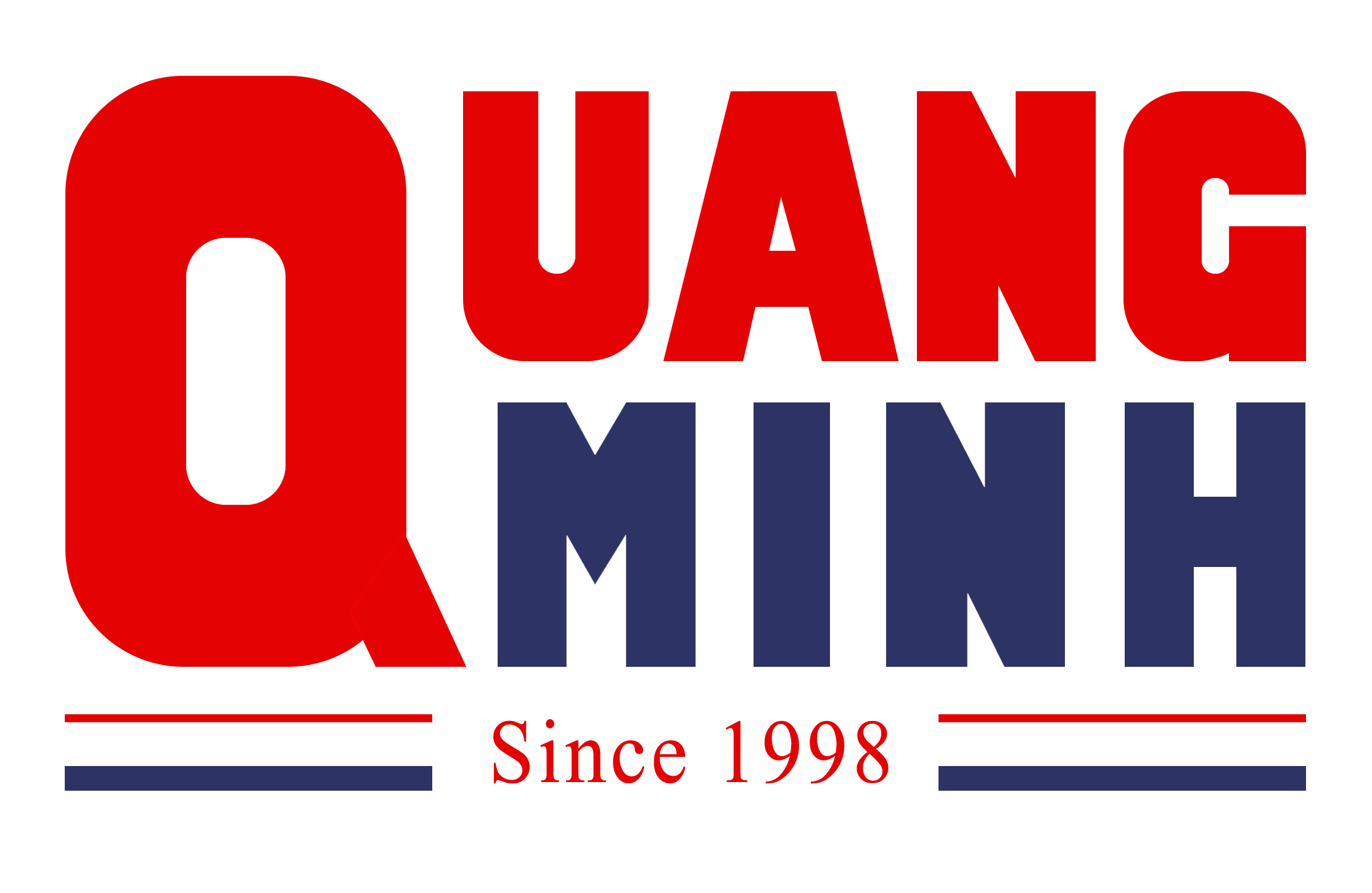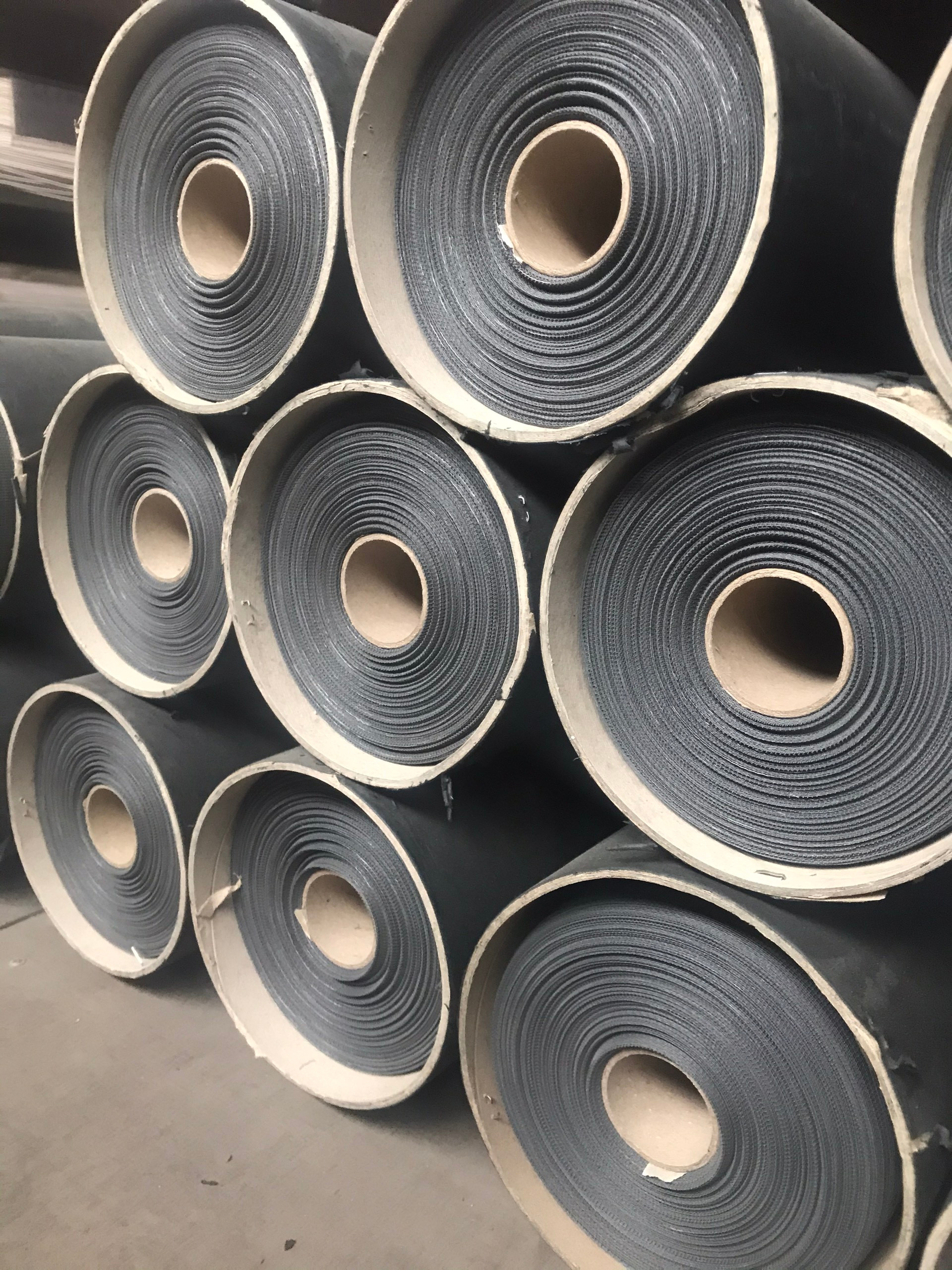FIBERGLASS MESH
1. PVC mesh with Fiberglass core
The mesh fiber is reinforced with glass, covered with PVC outside, then woven into a mesh according to the specifications in accordance with the specific requirements of the insect net door manufacturers.
Quang Minh fiberglass mesh is used to produce rolling net doors, imported from factories with large production scale, quality assurance of Italy and China, with full quality and origin certificates. (See details here)
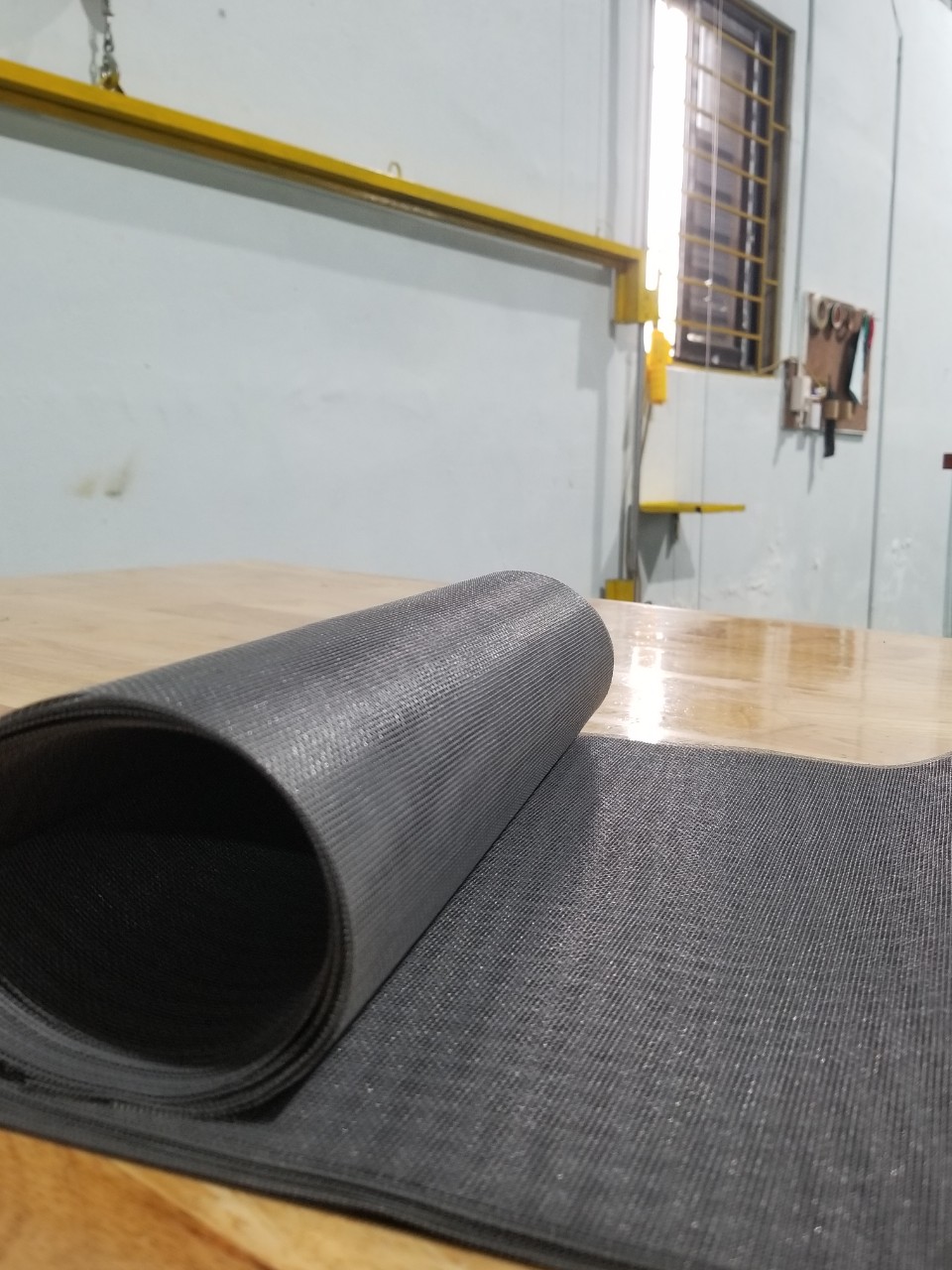 |
| 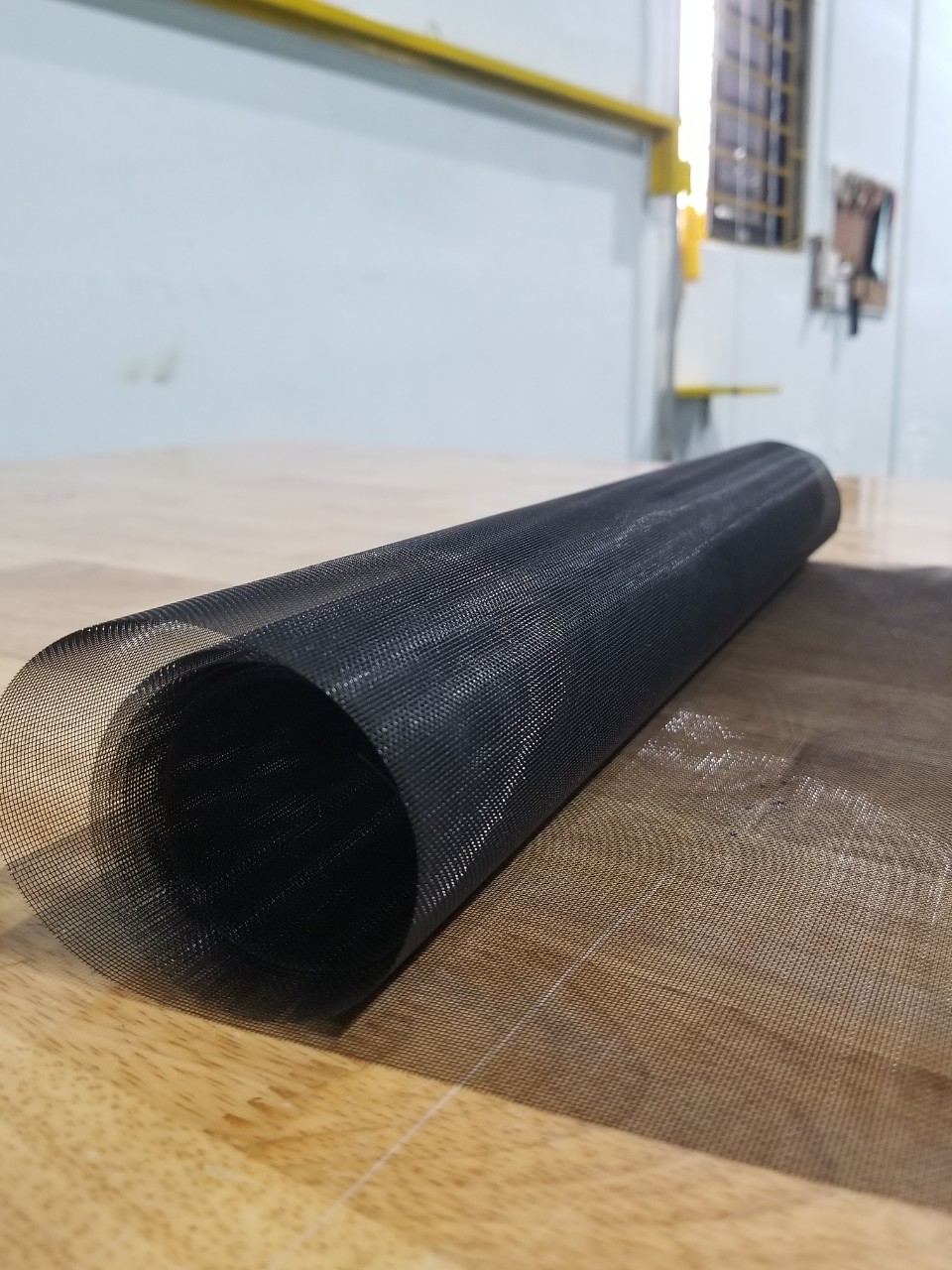 |
Imported fiberglass mesh pictures | ||
We would like to quote a specific analysis of the structure, properties and characteristics of Fiberglass Mesh.
2.What is fiberglass?
Fiberglass is a material composed of many extremely fine glass fibers.
Glass manufacturers history have experimented with fiberglass, but mass production of fiberglass has only been achieved with the invention of more sophisticated machine tools. In 1893, Edward Drummond Libbey demonstrated a dress at the Columbia World's Exposition that combined fiberglass with the diameter and texture of silk thread. Fiberglass can also occur in nature, like Pele hair.
Glass wool, one of the products called "fiberglass" today, was invented in 1932-1919 by Russell Games Slayter of Owens-Corning, as a material used as insulation for buildings. . It is marketed under the trade name Fiberglas, which has become a generic trademark. Fiberglass, when used as insulation, is specially manufactured with a binder to trap many small air cells, creating the signature air-filled low-density "glass wool" product line.
Glass fibers have almost the same mechanical properties as other fibers such as polymers and carbon fibres. While not as stiff as carbon fiber, it is much cheaper and significantly less brittle when used in composites. Therefore, fiberglass is used as a reinforcing agent for many polymer products; to make a very strong and relatively light fiber-reinforced composite (FRP) material called glass-reinforced plastic (GRP), also known as "fiberglass". This material contains little or no air or gas, is more dense, and is a much worse thermal insulator than glass wool.
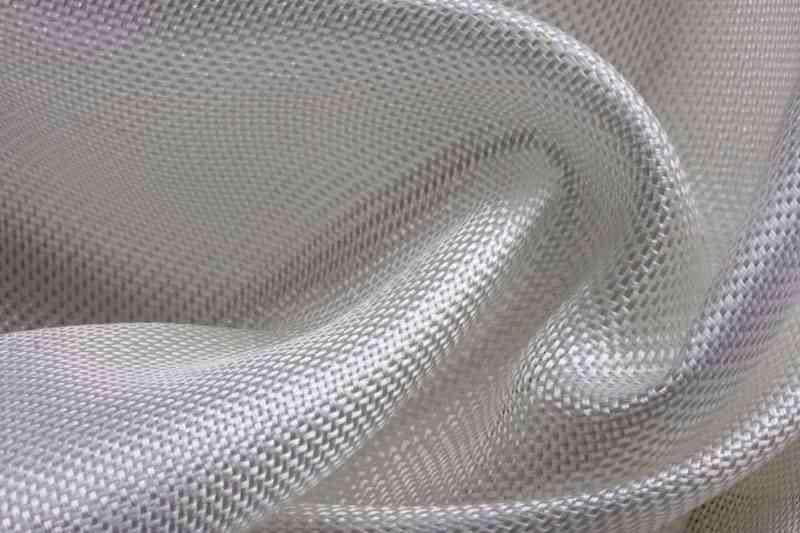
3. Fiber Formation
Glass fibers are formed when thin fibers based on silica or other formulated glass are pressed into multiple fibers with small diameters suitable for textile processing. The technique of heating and drawing glass into fine fibers has been known for millennia; however, the use of these fibers for textile applications is more recent. Up to this point, all glass fibers had been manufactured as a spool (i.e., short lengths of yarn). The modern method of producing glass wool was invented by Games Slayter of Owens-Illinois Glass Co. (Toledo, Ohio). He first patented a new process for producing glass wool in 1933. The first commercial production of fiberglass was in 1936. In 1938, the Owens-Illinois Glass Company and Co. Corning Glass company joined to form Owens-Corning Fiberglas Corporation. When the two companies engaged in the production and promotion of fiberglass, they introduced continuous fiberglass. Owens-Corning remains the major producer of fiberglass on the market today.
The most common types of glass fibers used in fiberglass are E-glass, which is alumino-borosilicate glass with alkali oxides below 1% w/w, mainly used for glass-reinforced plastics. Other types of glass used are A glass (Alkali-lime glass with little or no boron oxide), E-CR glass (Electrical/Chemical Resistance; alumino-lime silicate with less than 1% w/w). alkali oxides, with high acid resistance), C glass (alkali glass with high boron oxide content, used for fiberglass and electrical insulation), D glass (borosilicate glass, so named) according to low dielectric constant D), R glass (alumino silicate glass without MgO and CaO with high mechanical requirements such as reinforced) and S glass (alumino silicate glass without CaO but with high MgO content) with high tensile strength). Pure silica (silicon dioxide), when cooled like fused quartz to glass with no real melting point, can be used as a glass fiber for fiberglass, but there is a drawback that it must be processed at very high temperatures. To lower the required working temperature, other materials are introduced as "auxiliaries" (i.e. ingredients to lower the melting point). Ordinary A glass ("A" for "alkali-lime") or lime soda glass, crushed and ready to be reheated, such as the so-called cullet glass, was the first glass used for glass fiber. E-glass ("E" because of its initial electronic application), is alkali-free and was the first glass formulation used to form a continuous filament. It currently accounts for most of the world's fiberglass production and is also the largest global consumer of the mineral boron. It is susceptible to chloride ion attack and is a poor choice for marine applications. Fiberglass S ("S" for "Strength-strength") is used where high tensile strength (modulus) is important, and is therefore important in composites for building and machine building. fly. The analogue is called R glass ("R" for "reinforcement") in Europe. C glass ("C" for chemical resistance - "chemical resistance") and T glass ("T" for thermal insulator - "thermal insulator" - a variation of C glass in North America) are resistant chemical attack; Both are commonly found in the insulation of blown fiberglass.
4. Chemistry
The basis of reverse woven glass fiber is silica, SiO2. In its pure form, it exists as a polymer, (SiO2) n. It has no true melting point but softens at 1200 °C, after which it begins to degrade. At a temperature of 1713 °C, most molecules can move freely. If glass were extruded and cooled rapidly at this temperature, it would not be able to form an orderly structure. In the polymer, it forms the SiO4 group configured as a tetrahedron with a silicon atom in the center and four oxygen atoms at the corners. These atoms then form a bond network at the corners by sharing oxygen atoms.
The vitreous and crystalline states of silica (glass and quartz) have similar energy levels on a molecular basis, which also implies that the vitreous form is extremely stable. To induce crystallization, it must be heated at a temperature above 1200 °C for a long time.
While pure silica is a workable glass and fiberglass, it must be treated at very high temperatures, which is a drawback unless its specific chemical properties are required. It is common to introduce impurities into glass in the form of another material to reduce the working temperature. These materials also impart other properties to glass that can be beneficial in different applications. The first glass used for fibers was soda lime glass or A glass ("A" for the alkali it contains). It is not very resistant to alkalis. A newer, alkali-free (<2%) type, E-glass, is an alumino-borosilicate glass. C-glass was developed to resist attack from chemicals, mainly acids that destroy E-glass. T-glass is a North American variant of C-glass. AR glass is alkali resistant glass. Most glass fibers have limited solubility in water but are very pH dependent. Chloride ions will also attack and dissolve E glass surfaces
The e-glass does not actually melt, but is instead soft, the softening point being "the temperature at which a 0.55-0.77 mm diameter 0.55 mm filament extends under the weight of itself at 1 mm/min when suspended vertically and heated at a rate of 5°C per minute". The strain point is reached when the glass has a viscosity of 10 14.5 poise. The annealing point, which is the temperature where internal stresses decrease to a commercially acceptable limit in 15 min, is marked by a viscosity of 10 13 poise.
5. Nature
5.1. Heat
Woven fiberglass fabrics are useful insulation because of their high surface area to weight ratio. However, the increased surface area makes them much more susceptible to chemical attack. By trapping air inside them, the fiberglass blocks create good insulation, with thermal conductivity at 0.05 W/(m K).
5.2. Tensile
Type of yarn | Tension (MPa) | Compressive strength (MPa) | Density (Gam/m³) | Thermal Expansion (Concentration/m °C) | Soften T (°C) | Selling price ($/kg) |
Electronic glasses | 3445 | 1080 | 2,58 | 5 | 846 | ∼2 |
Glass S- 2 | 4890 | 1600 | 2,46 | 2.9 | 1056 | ∼20 |
In contrast to carbon fiber, fiberglass can undergo a longer process before breaking. Thinner threads can bend further before they break. The viscosity of molten glass is critical to manufacturing success. In the drawing process, the glass hot-drawing process to reduce the diameter of the fiber, the viscosity should be relatively low. If it is too high, the yarn will break during drawing. However, if it is too low, the glass will form droplets instead of being drawn out into fibers. The strength of glass is often tested and reported with "pure" or virgin fibers, which have just been manufactured. The freshest, thinnest fibers are the strongest because the thinner fibers are more malleable. The more the surface is scratched, the lower the durability. Because glass has an amorphous structure, its properties are the same along the fiber and across the fiber. Moisture is an important factor in tensile strength. Moisture is easily adsorbed and can worsen microcracks and surface defects, and reduce strength.
6. Production process
6.1. Melting
There are two main types of fiberglass production and two main types of fiberglass products. First, the yarn is made from a direct melting or re-melting process of marble. Both start with raw materials in solid form. The materials are mixed together and melted in the furnace. Then for the marble process, the molten material is cut and rolled into cooled and packaged marbles. The marbles are taken to the yarn production facility where they are put into a box and reworked. The molten glass is extruded into the bush to be formed into a filament. During direct melting, the molten glass in the furnace goes directly into the bushing to form.
6.2. Shape
The bushing plate is the most important part of the machinery for making yarn. This is a small metal furnace containing a nozzle for the yarn to be formed through. It is almost always made of a platinum alloy with rhodium for durability. Platinum is used because molten glass has a natural affinity for wetting it. When bushings are first used, they are 100% platinum, and glass wets the bushing so easily that it runs under the plate after exiting the faucet and accumulates on the underside. Also, due to cost and tendency to wear, platinum is alloyed with rhodium. During direct smelting, the bushing acts as a collector for the molten glass. It is gently heated to keep the glass at the correct temperature for fiber formation. During marble melting, the bushing acts like a furnace because it melts more material.
Bushings are major costs in fiberglass production. Nozzle design is also important. The number of nozzles ranges from 200 to 4000 in multiples of 200. The important part of nozzles in continuous filament production is the thickness of the walls in the exit area. It was found that inserting a counter here reduces wetting. Today, faucets are designed to have a minimum thickness at the exit. As the glass flows through the nozzle, it forms a droplet that is suspended at the end. As it falls, it leaves a thread attached by cartilage to the nozzle as long as the viscosity is within the correct range for fiber formation. The smaller the annular ring of the nozzle and the thinner the wall when exiting, the faster the rate of formation and fallout, and the lower the tendency to wet the vertical part of the nozzle. The surface tension of the glass is what affects the formation of cartilage. For glass E should be around 400 mN/m.
The rate of attenuation (pull) is important in nozzle design. Although slowing down this speed can produce coarser yarn, it is uneconomical to run at a speed for which the nozzle was not designed.
6.3. Continuous yarn making process
In the continuous filament process, after the filament is drawn, a standard dimension is applied. This size helps to protect the yarn as it is wound on the bobbin. Specific dimensions apply regarding end use. While some sizes are processing aids, others cause the yarn to have an affinity for a certain resin, if the yarn is used in the mix. Size is usually added 0.5 0.52.0% by weight. Winding then takes place at about 1 km/min.
6.4. Fiber process
For staple fiber production, there are several ways to produce yarn. The glass can be blown or blown with heat or steam after exiting the forming machine. Usually these yarns are made into some kind of mat. The most commonly used process is the spinning process. Here, the glass enters a rotation, and due to centrifugal force is thrown horizontally. The jets push it down vertically, and the adhesive is applied. The mat is then vacuumed to a screen and the adhesive is retained in the oven.
7. Safe
Fiberglass has increased in popularity since the discovery that asbestos causes cancer and led to its removal from most products. However, the safety of fiberglass is also being questioned, as research shows that the composition of this material (asbestos and fiberglass are both silicate fibers) can cause the same toxicity as asbestos.
Studies in the 1970s in rats found that glass fibers less than 3 m in diameter and more than 20 μm in length were a "strong carcinogen". Likewise, the International Agency for Research on Cancer found that it was "probably a probable carcinogen" in 1990. On the other hand, the American Conference of Government Industrial Hygienists said that there is insufficient evidence and that fiberglass is in group A4: "Not classifiable as a human carcinogen".
The North American Insulation Manufacturers Association (NAIMA) states that fiberglass is fundamentally different from asbestos, as it is man-made instead of natural. They suggest that fiberglass "dissolves in the lungs", while asbestos remains in the body for life. Although both fiberglass and asbestos are made from silica fibres, NAIMA claims that asbestos is more dangerous because of its crystalline structure, which causes it to break down into smaller, more dangerous pieces, citing the Ministry of Health. US Health and Human Services:
Synthetic glass fibers [fiberglass] differ from asbestos in two ways that may provide at least part of an explanation for their lower toxicity. Because most synthetic glass fibers do not crystallize like asbestos, they do not split vertically to form thinner fibers. They also generally have markedly less biopersistence in biological tissues than asbestos fibers because they can undergo dissolution and transverse breakdown.
A 1998 study in rats showed that the biopersistence of synthetic fibers after one year was 0.04-10%, but 27% for amosite asbestos. Longer-lived fibers have been shown to be more carcinogenic.
8. Glass-reinforced plastic (fiberglass)
Glass-reinforced plastic (GRP) is a synthetic material or fiber-reinforced plastic made of plastic reinforced with fine glass fibers. Like graphite-reinforced plastics, composite materials are often referred to as fiberglass. Glass can be in the form of shredded fiber mat (CSM) or woven fabric.
As with many other composite materials (such as reinforced concrete), the two work together, each overcoming the shortcomings of the other. While thermoplastics are very strong in compressive loads and relatively weak in tensile strength, glass fibers are very strong in tension but tend not to resist compression. By combining two materials, GRP becomes a material that resists both compression and tensile forces well. The two materials can be used uniformly or glass can be placed specifically in parts of the structure that will be subjected to tensile loads.
9. Uses
Common fiberglass uses include carpets and fabrics for heat, electrical, and sound insulation, high strength fabrics, or fabrics that resist heat and corrosion. It is also used to reinforce various materials, such as tent poles, pole vaulting poles, arrows, bows and crossbows, translucent roofing, automobile bodies, hockey sticks, surfboards, boat shells and nests paper bees. It has been used for medical purposes in casts. Fiberglass is widely used to make FRP tanks and ships.
The open woven fiberglass mesh is used to reinforce the asphalt pavement. Nonwoven fiberglass/polymer blend mat is used saturated with asphalt emulsion and coated with bitumen, creating a waterproof, crack-resistant film. Using polymer-reinforced glass in place of program reinforcement is promising where avoidance of steel corrosion is desired.
The role of recycling in fiberglass production
Manufacturers of fiberglass insulation can use recycled glass. Recycled fiberglass contains up to 40% recycled glass
